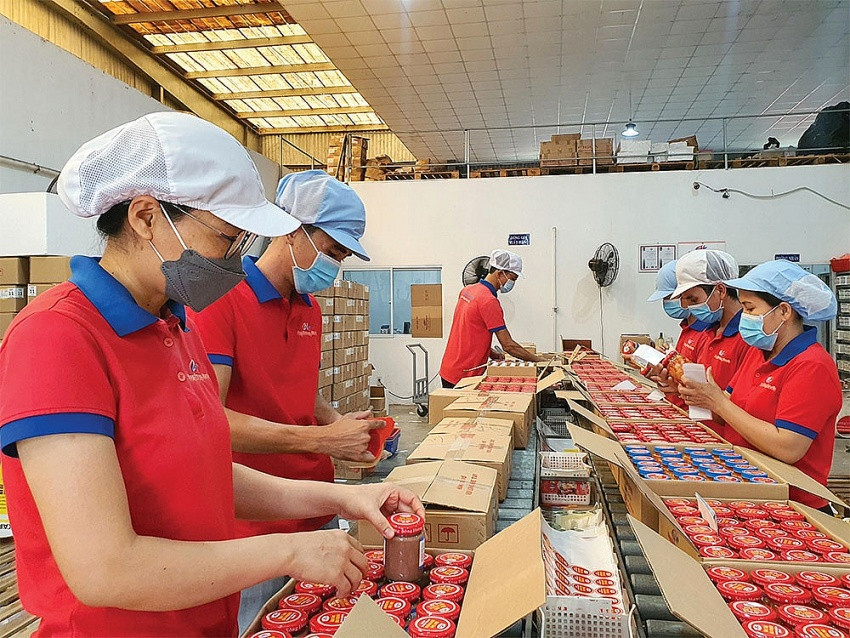 |
|
Many companies are finding it hard to access preferential loans, Le Toan
|
The National Assembly (NA) has been heated up by discussions about how to support the business community, which is struggling to develop. The NA is delving into how to boost the implementation of the government’s policy on offering a 2 per cent lending rate from the state budget for enterprises, cooperatives, and household businesses via commercial banks.
The NA early last year decided on a plan to earmark VND40 trillion ($1.74 billion) from the state budget for the lending rate incentive. However, according to the Ministry of Planning and Investment (MPI), actual implementation has been “very slow”.
It is expected that by late this year, the disbursed sum may reach only VND2.57 trillion ($111.74 million), and the remaining VND37.43 trillion ($1.62 billion) may not be disbursed at all. Accumulatively as of late March, the total provided for enterprises, cooperatives and household businesses via commercial banks reached only about VND327 billion ($14.2 million), equivalent to only 0.82 per cent of this policy’s value of VND40 trillion (nearly $1.74 billion).
NA deputy Hoang Duc Thang, representing the central province of Quang Tri, criticised the slow-paced implementation.
“While enterprises are thirsty for capital for recovery and development, they cannot access bank loans. The 2 per cent package is not attractive due to its cumbersome procedures,” Thang said. “This is just a small obstruction in the economic situation in which enterprises are facing massive difficulties that the NA and the government must discern in order to have proper solutions.”
According to the MPI, the main reasons behind such a very low disbursement is that about two-thirds of customers in the sectors that are eligible for getting the assistance and have sufficient conditions to obtain the loans have no demand for approaching the loans.
In addition, about 87 per cent of customers in the sectors that are eligible for getting the assistance failed to meet conditions in order to obtain
the loans. One of the key conditions to get the support is that borrowers must demonstrate their “recovery ability”, which is a tough nut to crack.
A report from the NA deputy group of the northern province of Son La commented that the disbursement rate of this policy is “too low.”
“It is suggested that the government clarify the reasons behind the very low demands of enterprises, cooperatives, and household businesses for the 2 per cent lending rate incentive. Though it is a preferential policy for economic recovery and development, it cannot benefit enterprises,” the report suggested.
Under a recent survey by the Vietnam Chamber of Commerce and Industry sent to the National Assembly Economic Committee in late April, 29.5 per cent of respondents said they knew about this policy but only 2 per cent of them could access the preferential loans. Up to 56.7 per cent of the surveyed enterprises reported that they face many difficulties when conducting procedures to obtain the loans with a preferential lending rate.
State Bank of Vietnam’s Governor Nguyen Thi Hong also admitted that the implementation of this package is quite low “due to enterprises’ hesitation to borrow such loans” and due to the requirement of recovery ability.
“The government has asked the NA for allowing about VND24 trillion ($1.04 billion) to be transferred to assistance under the form of VAT reduction, and the SBV is also advising the government to propose the NA to remove the ‘recovery ability’ requirement, so that the package can continue to be implemented.”
This policy is part of the country’s 2022-2023 Programme on Socioeconomic Recovery and Development, valued at $15 billion. However, by late April, only 28.8 per cent had been disbursed.
Source: VIR